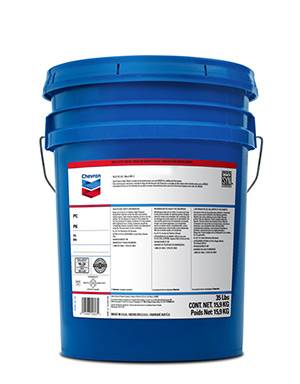Okt . 12, 2024 23:51 Back to list
hdpe pipe coupling
Understanding HDPE Pipe Couplings
High-Density Polyethylene (HDPE) pipes have gained immense popularity in various industries due to their durability, flexibility, and resistance to corrosion. Among the essential components that facilitate effective pipe installations are pipe couplings. This article will delve into the significance, types, and advantages of HDPE pipe couplings.
What are HDPE Pipe Couplings?
Pipe couplings are fittings used to connect two sections of pipe, allowing for a seamless transition between them. In HDPE systems, couplings are instrumental in maintaining the integrity of the conveyor of liquids, gases, or other materials. The design of these couplings is crucial as they must withstand the pressure and potential movement of the connected pipes.
Types of HDPE Pipe Couplings
There are several types of HDPE pipe couplings, each designed for specific applications
. The most common include1. Mechanical Couplings These couplings use bolts and clamps to join two pipes. They provide a strong seal and are often employed in situations where pipes may need to be disconnected regularly.
2. Electrofusion Couplings In electrofusion, the coupling has built-in heating elements that, when energized, melt the HDPE pipe surfaces and fuse them together. This method ensures a robust joint that is less susceptible to leakage.
3. Socket Fusion Couplings This method involves heating both the pipe and the coupling simultaneously using a heating tool and then quickly joining them together. The cooled joint forms a strong bond and is widely used in smaller diameter pipes.
hdpe pipe coupling

4. Butt Fusion Couplings This technique involves heating the ends of two pipes and pushing them together. The joint created is strong and seamless, making it suitable for high-pressure applications.
Advantages of HDPE Pipe Couplings
1. Durability HDPE couplings are resistant to chemicals and UV radiation, which enhances the lifespan of pipe systems.
2. Flexibility HDPE pipes can accommodate ground movement, which is particularly beneficial in areas prone to seismic activity. The flexibility of HDPE couplings helps to mitigate risks of breakage.
3. Lightweight Compared to traditional materials like metal, HDPE is significantly lighter, making it easier and cheaper to transport and install.
4. Ease of Installation With various coupling techniques available, installation is generally quicker compared to other materials. Techniques like electrofusion and socket fusion also reduce the need for excessive tools and heavy machinery.
5. Cost-Effectiveness While the initial cost of HDPE pipes may be higher, their longevity, low maintenance costs, and ease of installation often result in lower overall project expenses.
Conclusion
HDPE pipe couplings are a vital component of modern piping systems, offering flexibility and durability across various applications. Understanding the different types of couplings and their specific advantages can help in selecting the appropriate solutions for any piping needs. As industries continue to evolve, the demand for reliable and efficient piping systems will only increase, making HDPE pipe couplings a key player in ensuring effective fluid conveyance.
-
Durable PVC-M Water Supply Pipes | 60-Year Life
NewsAug.04,2025
-
Premium HDPE Water Supply Pipes: Durable & Leak-Proof
NewsAug.03,2025
-
Premium PVC-M Water Supply Pipe - Durable & Efficient
NewsAug.02,2025
-
Premium PP Welding Rod: GPT-4 Turbo Enhanced
NewsAug.01,2025
-
HDPE Drainage & Irrigation Pipe - Durable, Efficient Solutions
NewsAug.01,2025
-
Premium PVC Transparent Pipe: Durable & Clear Solutions
NewsJul.31,2025

